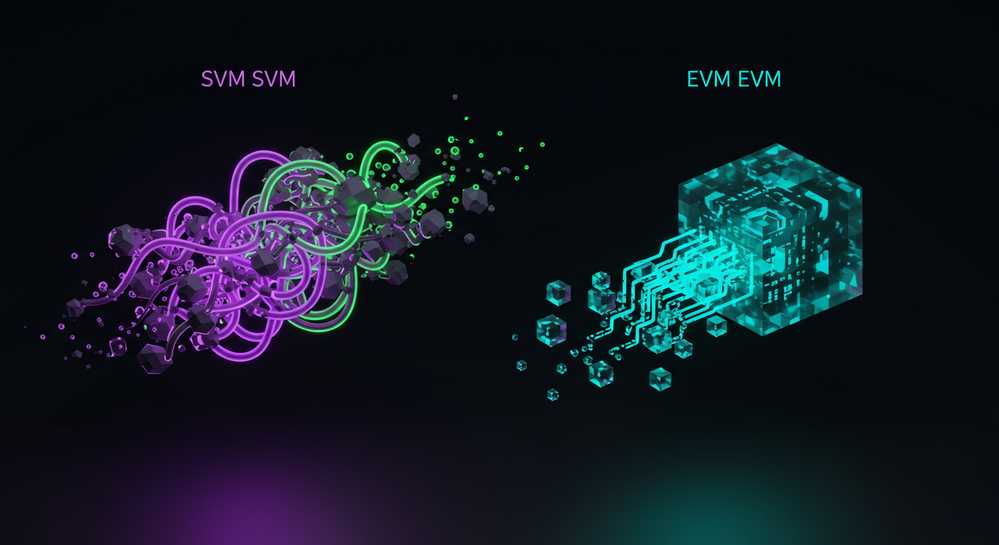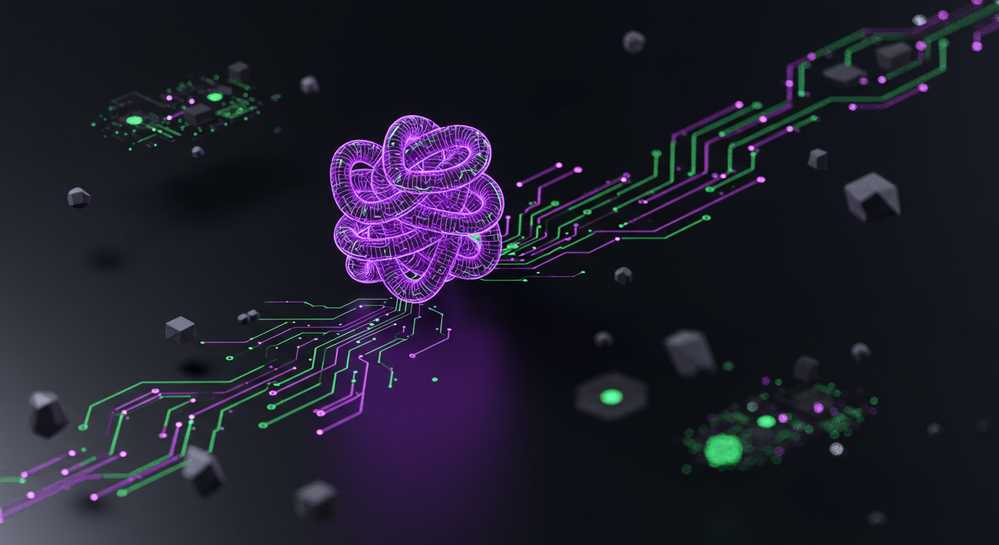Solana is renowned for its incredible transaction speeds and low costs, but what powers this performance? At the core of its architecture lies a unique engine designed for massive scalability. This guide explores what is solana virtual machine, demystifying the technology that sets it apart from other blockchains and enables its high throughput, making it a major player in the crypto space.
Contents
Understanding the core function of the svm
The Solana Virtual Machine, or SVM, is the computational engine at the heart of the Solana blockchain. Its primary function is to execute the code within smart contracts and decentralized applications (dApps). Unlike virtual machines that process transactions sequentially, the SVM is engineered for high performance and parallelism. It provides a secure and deterministic environment where program instructions run, ensuring every node reaches the same result for the same transaction set.
This design philosophy directly translates to a better user experience through speed and low costs. Its architecture is built to handle a massive workload, a critical factor in today’s evolving blockchain technology trends. The SVM’s core purpose is to optimize network resources to their absolute limit. Key functions include:
- Executing program logic in a secure, isolated environment.
- Enabling parallel processing through its Sealevel technology.
- Optimizing resource use to maximize transaction throughput.
- Ensuring deterministic results for network-wide consensus.
Sealevel the key to parallel transaction processing

Sealevel is the technology enabling the Solana Virtual Machine to execute transactions in parallel. It is a hyper-parallelized engine designed to process thousands of smart contracts simultaneously. This works because Solana transactions declare which parts of the blockchain state they will access beforehand. The SVM uses this information to identify non-overlapping transactions and run them at the same time across multiple cores, a stark contrast to single-threaded models.
This approach fundamentally differs from the sequential processing of other blockchains. Sealevel achieves its unique advantage through several key mechanisms:
- State Pre-specification: Transactions must declare all accounts they will interact with before execution.
- Non-Overlapping Execution: The SVM schedules transactions that do not touch the same accounts to run concurrently.
- Multi-core Optimization: This scheduling allows the SVM to leverage modern multi-core processors for simultaneous processing.
This parallel architecture is the primary reason Solana achieves its high transaction speeds. This efficiency is critical for demanding applications, including advanced crypto bot trading automation, which rely on near-instant execution.
Svm vs evm a fundamental comparison

While both the Solana Virtual Machine (SVM) and the Ethereum Virtual Machine (EVM) execute smart contracts, they are built with fundamentally different architectural principles. The EVM is the most widely adopted standard, but the SVM was created to overcome its inherent scalability limitations. The main differences lie in their processing models, programming environments, and state management.
Here is a direct comparison of their core technical attributes:
| Feature | Solana Virtual Machine (SVM) | Ethereum Virtual Machine (EVM) |
|---|---|---|
| Processing Model | Parallel (Multi-threaded) | Sequential (Single-threaded) |
| Core Technology | Sealevel | Gas and Block Limits |
| Programming Languages | Rust, C, C++ | Solidity, Vyper |
| State Access | Transactions declare state access upfront | Transactions access state during execution |
| Performance Focus | High throughput and speed | Security and decentralization |
This comparison highlights that the SVM is purpose-built for applications requiring high speed and massive scale. In contrast, the EVM prioritizes a battle-tested security model and a vast existing developer community. The choice often depends on a project’s specific needs for raw performance versus established network effects.
The growing ecosystem and future of svm

Initially designed for the Solana network, the SVM architecture is now being adopted by other blockchain projects. This expansion signals a growing recognition of its capabilities. Projects like Eclipse are building SVM-compatible rollups on networks like Ethereum, allowing developers to deploy Solana dApps in new environments. This movement, known as the SVM ecosystem, highlights the industry’s demand for high-performance solutions.
The implications of this trend are significant for the entire space:
- For Developers: It offers greater flexibility. Developers proficient in Rust can deploy apps on multiple chains without learning new languages.
- For the Web3 Space: SVM proliferation fosters competition and innovation, challenging the EVM’s dominance with a standard focused on speed.
- For Users: A more scalable infrastructure means faster, cheaper transactions, improving the user experience across dApps.
As more platforms integrate the SVM, it is poised to become a new standard for high-throughput computation. It stands as a powerful alternative, coexisting with the EVM to shape the future of decentralized technology.
The Solana Virtual Machine is more than just an execution environment; it is a paradigm shift in how blockchains can achieve scale. By enabling parallel transaction processing, the SVM addresses the core bottlenecks that limit older networks. This focus on efficiency and throughput positions Solana as a formidable platform for the future of decentralized applications. Explore more insights with Meme Trading Bot.
